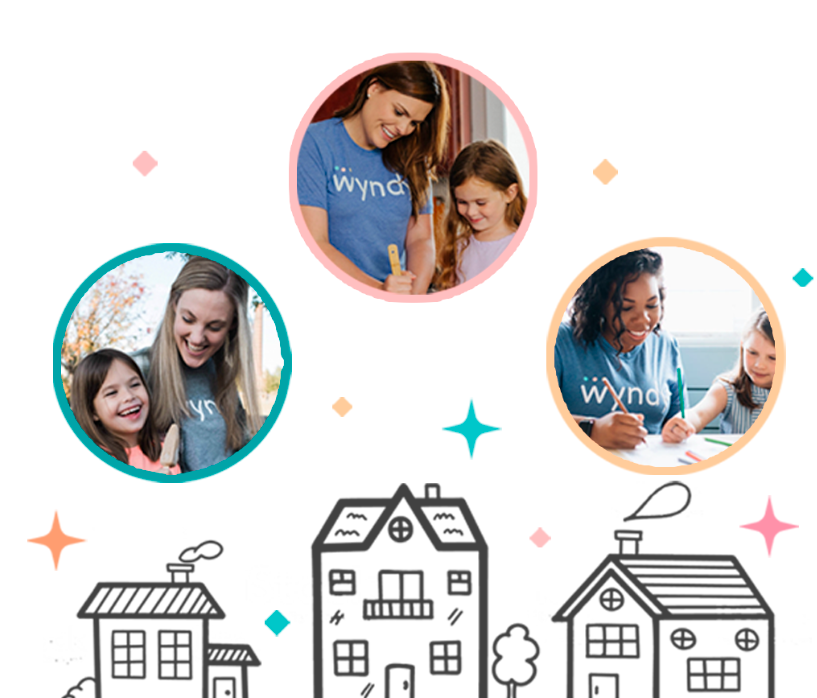Table of Contents
Establishing Communication Channels
One of the most important aspects of creating a safety plan for your babysitter is establishing clear communication channels. Make sure your babysitter knows how to reach you in case of an emergency, whether by phone call, text message, or another method of communication. You should also provide them with a list of trusted neighbors or family members who can be contacted in case they are unable to reach you.
In addition to emergency contact information, make sure your babysitter knows how to reach emergency services such as 911. Provide them with the address of your home and any specific instructions for directing emergency responders to your location.
On-Demand Childcare in Your Neighborhood
Book a Sitter
Providing Emergency Contact Information
In addition to your own contact information, it’s important to provide your babysitter with a list of emergency contacts. This should include not only your own phone number, but also the phone numbers of other family members, neighbors, and trusted friends who can be reached in case of an emergency.
It’s also a good idea to provide your babysitter with the contact information for your child’s pediatrician, as well as any other healthcare providers your child sees regularly. This way, if there is a medical emergency while you are away, your babysitter will know who to contact for guidance.
Detailing Specific Safety Instructions
Every child is unique, and as such, it’s important to provide your babysitter with specific safety instructions for your child. This might include any allergies your child has, medications they are taking, or specific dietary restrictions they need to follow. Make sure your babysitter knows where these items are kept and how to administer them if necessary.

You should also provide your babysitter with information about your child’s bedtime routine, any specific rules or guidelines you have about screen time or other activities, and any other important information about your child’s needs and preferences. The more information your babysitter has, the better equipped they will be to care for your child effectively.
Outlining Household Rules and Guidelines
In addition to providing specific instructions about your child, it’s also important to outline household rules and guidelines for your babysitter. This might include rules about visitors, screen time limits, mealtime routines, and more. Make sure your babysitter understands your expectations and is prepared to enforce these rules while you are away.
It’s also a good idea to provide your babysitter with information about your home security system, if you have one, as well as any other safety precautions you have in place.
This might include how to lock doors and windows, where to find a first aid kit, and what to do in case of a power outage or other household emergency.
Ensuring Babysitter Training and Certification
Finally, one of the most important aspects of creating a safety plan for your babysitter is ensuring that they have the training and certification necessary to care for your child effectively. This might include CPR and first aid certification, as well as training in safe sleep practices, child development, and other important topics.
If your babysitter does not already have these certifications, consider providing them with resources for obtaining this training. Many local organizations offer classes in CPR and first aid, and there are also online resources available for babysitters to learn the skills they need to care for children safely.
In conclusion, creating a safety plan for your babysitter is essential for ensuring the well-being of your child while you are away. By establishing clear communication channels, providing emergency contact information, detailing specific safety instructions, outlining household rules and guidelines, and ensuring babysitter training and certification, you can help your babysitter feel prepared and confident in caring for your child. Remember, the more information and support you provide your babysitter, the better equipped they will be to handle any situation that may arise.










